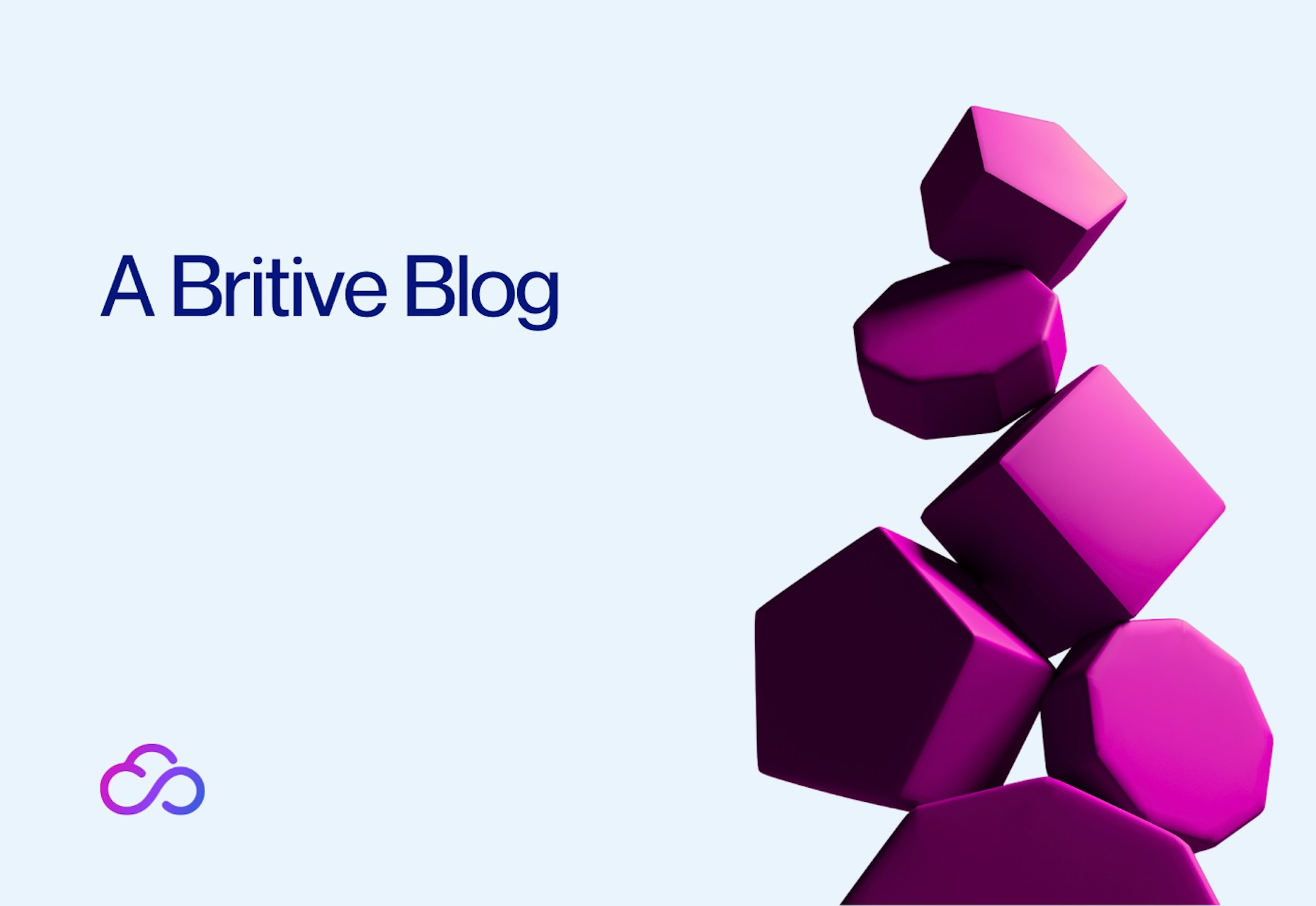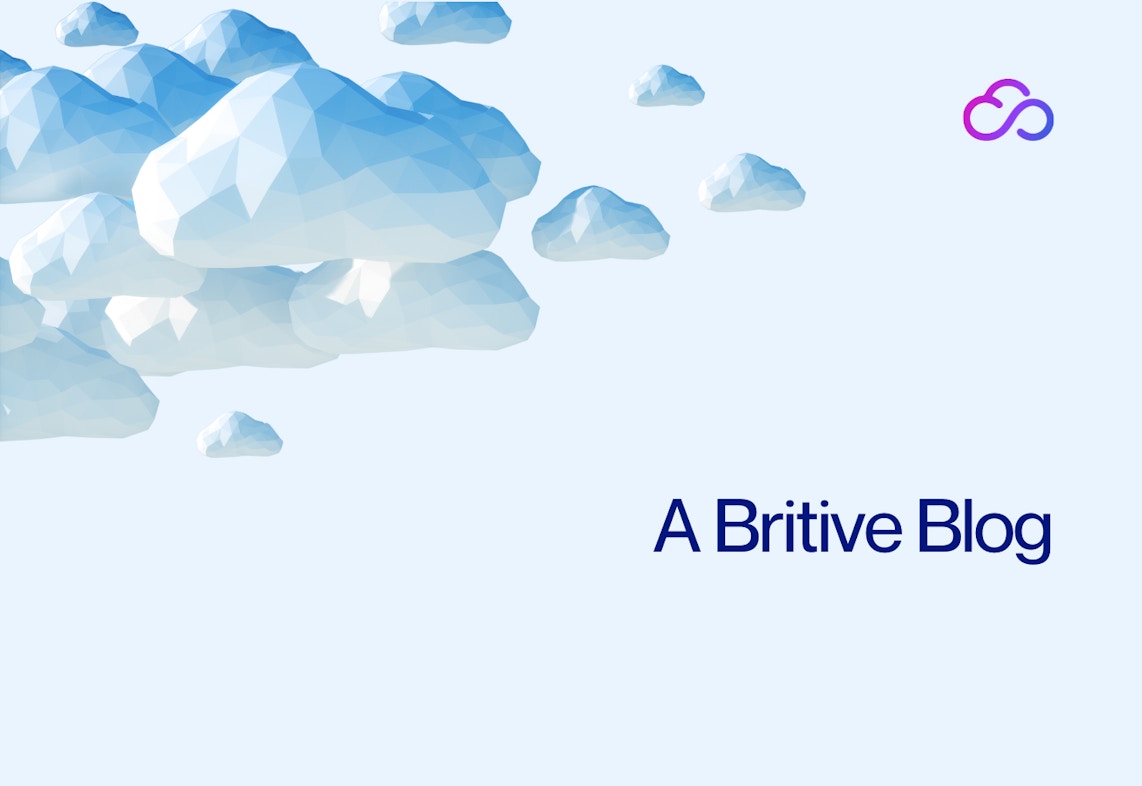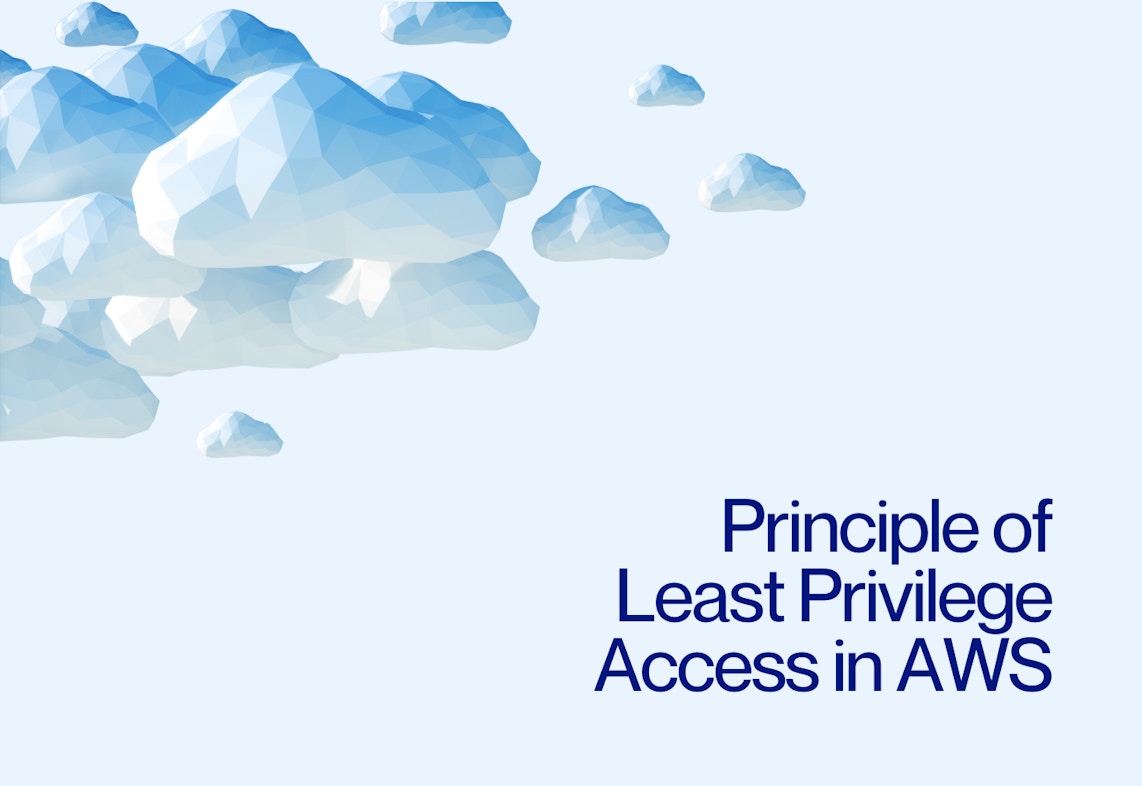


Back to resources
How to Improve Privilege Management When Using Terraform to Create Cloud IAM Users
March 2023 / 5 min. read /

Many organizations use Terraform to automate various infrastructure tasks, allowing their teams to efficiently manage cloud and on-premises resources. One of the most common uses of Terraform is to provision cloud IAM users, which can create security vulnerabilities. In this article, we explain how using Terraform with security guardrails can reduce the risk of a security incident, and how pairing a privileged access solution with Terraform reduces the attack surface.
What Is Terraform?
Terraform is a popular infrastructure-as-code (IaC) software created by HashiCorp. As one of the most popular infrastructure automation tools, Terraform can be used across multiple cloud providers, including AWS, Azure, and Google Cloud. It can also be deployed to manage other types of resources including DNS entries and databases. Because Terraform works via APIs, it can be used with nearly any platform or resource.
Security Drawbacks of Relying on Terraform to Provision Cloud IAM Users
Terraform is a powerful tool that can be incredibly valuable when used in a safe manner. But this software can create vulnerabilities when used for cloud security tasks. Here are three examples of how this can happen.
Automation tasks create static access in cloud infrastructure
Terraform itself uses static credentials, tokens, and permissions to perform cloud automation tasks. By their nature, static access methods are less secure than dynamic ones since they are easy to copy and share to gain access to resources. Instead, organizations are much better served by using dynamic methods such as just-in-time (JIT) provisioning. JIT creates credentials and secrets unique to each session, or elevates existing account permissions that expire after the session, significantly reducing exploitation opportunities.
It’s easy to misconfigure
Terraform modules must be configured, and default configurations often have well-known security vulnerabilities. Most DevOps teams aren’t experts in security, so it’s very easy for modules to be misconfigured and introduce security risks.
Terraform requires manual review and management
The IAM processes automated by Terraform must be manually reviewed and managed, which is a time-consuming task and introduces new opportunities for human error. Some cloud access management solutions with PAM capabilities, such as Britive, integrate with native IAM to automatically pass-through identity attributes and permissions, to support existing Joiner Mover Leaver processes or lay the foundation for automation. Let’s look at how a cloud access management solution can address the security issues inherent in using Terraform.
A Better Way to Create IAM Users with Terraform
By pairing Terraform with a cloud privileged access management (PAM) platform, organizations can maximize the automation benefits of using Terraform while strengthening the security of their cloud architecture. Here’s why implementing a cloud PAM solution is crucial for using Terraform safely.
Achieves true JIT permissions in multi-cloud environments
Cloud-native PAM platforms replace static credentials, tokens, and permissions with JIT dynamic access leveraging new functionality that make cloud options enticing. As an example in AWS, operations and IT admins can easily automatically add secure, least privilege federated user account access via role assumption between the cloud PAM and newly created resources. JIT privileges can be self-service or fit seamlessly into approval workflow processes, empowering users and apps with appropriately authorized access privileges that expire automatically after use, helping teams work more efficiently and securely.
Unified access management
Terraform can be deployed across multiple cloud and on-premise systems. Cloud PAM platforms provide cross-cloud visibility, making it possible to enable true JIT permissions for all users, across multiple cloud platforms, services, and tools. This enables organizations to achieve a position of least privilege access, allowing teams to optimize their productivity without sacrificing multi-cloud security.
Least privilege access for human users
Excess user privileges create an elevated security risk. In the hands of a hacker or malicious insider, each unnecessary permission creates a new opportunity to create additional harm. Least privilege enforcement right-sizes the risks associated with compromised credentials, making them less useful in the wrong hands.
Auditable user/session binding
The major cloud platforms provide customers with auditing, security monitoring, and operational troubleshooting capabilities. By tracking user activity and API usage, security teams can better understand how resources are being accessed and used. Some cloud PAM platforms such as Britive offer fully auditable user/session binding to streamline security oversight.
Using Terraform Securely with Privileged Access Management
Pairing Terraform with the robust security features built into today’s cloud PAM platforms replaces Terraform's static provisioning methods with dynamic JIT access, empowering businesses to manage their cloud resources more efficiently while maintaining a strong security stance. Cloud PAM platforms offer a centralized point of visibility and securely automating access management across the entire landscape of cloud platforms and apps enabling Operations and DevOps teams to focus on driving business value.
Read Why Organizations are Leveraging Ready-Built JIT Temporary Access to Secure and Scale in AWS to learn more about achieving automated JIT access in AWS and multi-cloud environments.

